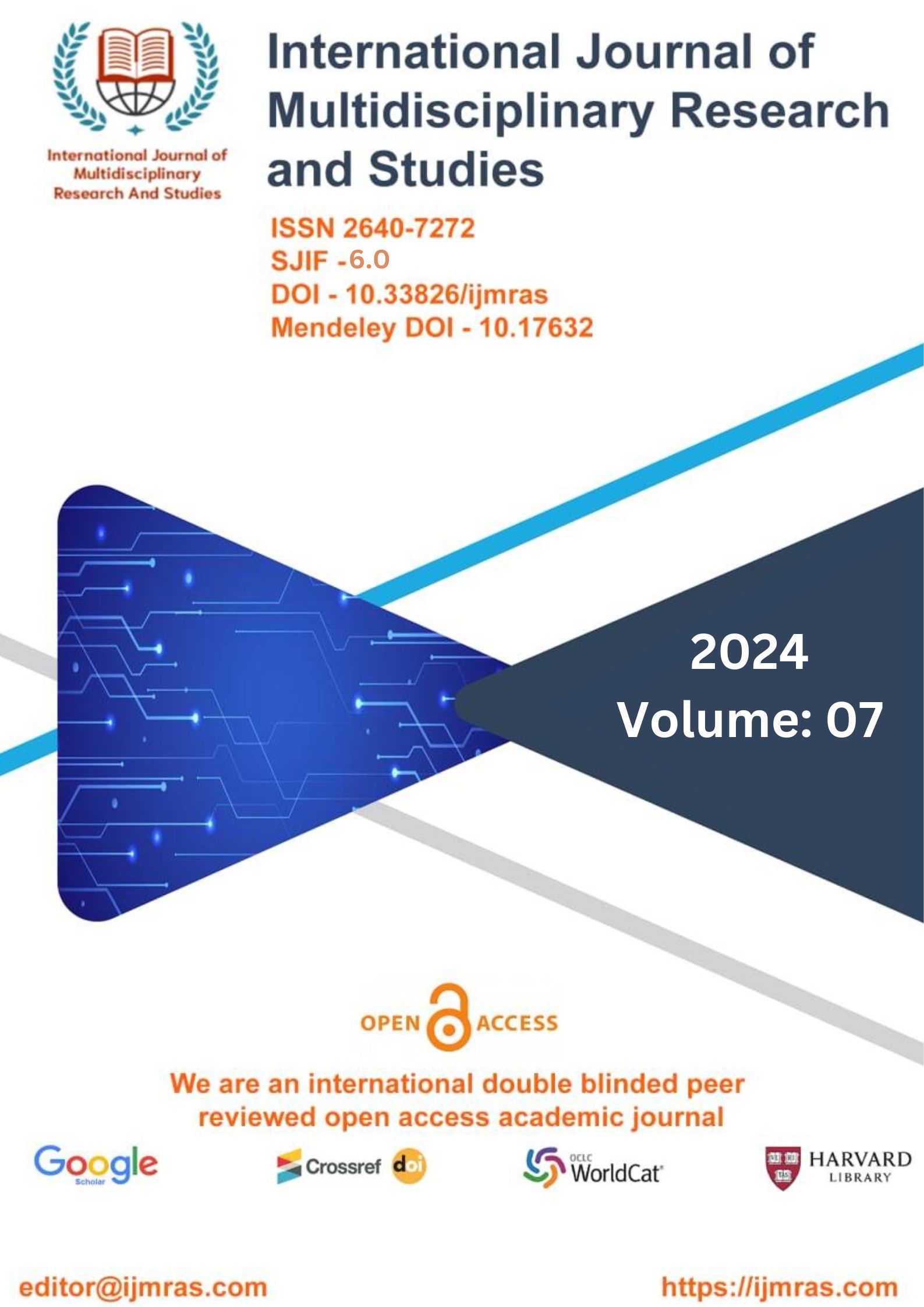


A continually increasing amount "Green construction, bioclimatic houses, and eco-friendly techniques like collecting and recycling rainwater and wastewater are gaining popularity. The past decade has seen a meteoric rise in these tendencies' mainstream acceptance. Sustainable design is cost-effective because it improves human and environmental health and the building's bottom line during the structure's entire lifecycle. Simply said, a green building is one that reduces its impact on the natural environment and human health by using as little water, raw materials, energy, and land as possible. Governments should collaborate with business leaders and other stakeholders to adopt measures that will increase efficiency in the construction industry, and they should incentivize sustainable construction projects with tax breaks and other benefits. Carbon emissions, greenhouse gases, pollution, natural resources, and the environment "The push to address environmental and long-term concerns has led to enhanced gas and waste management.

This work is licensed under a Creative Commons Attribution 4.0 International License.
You may also start an advanced similarity search for this article.